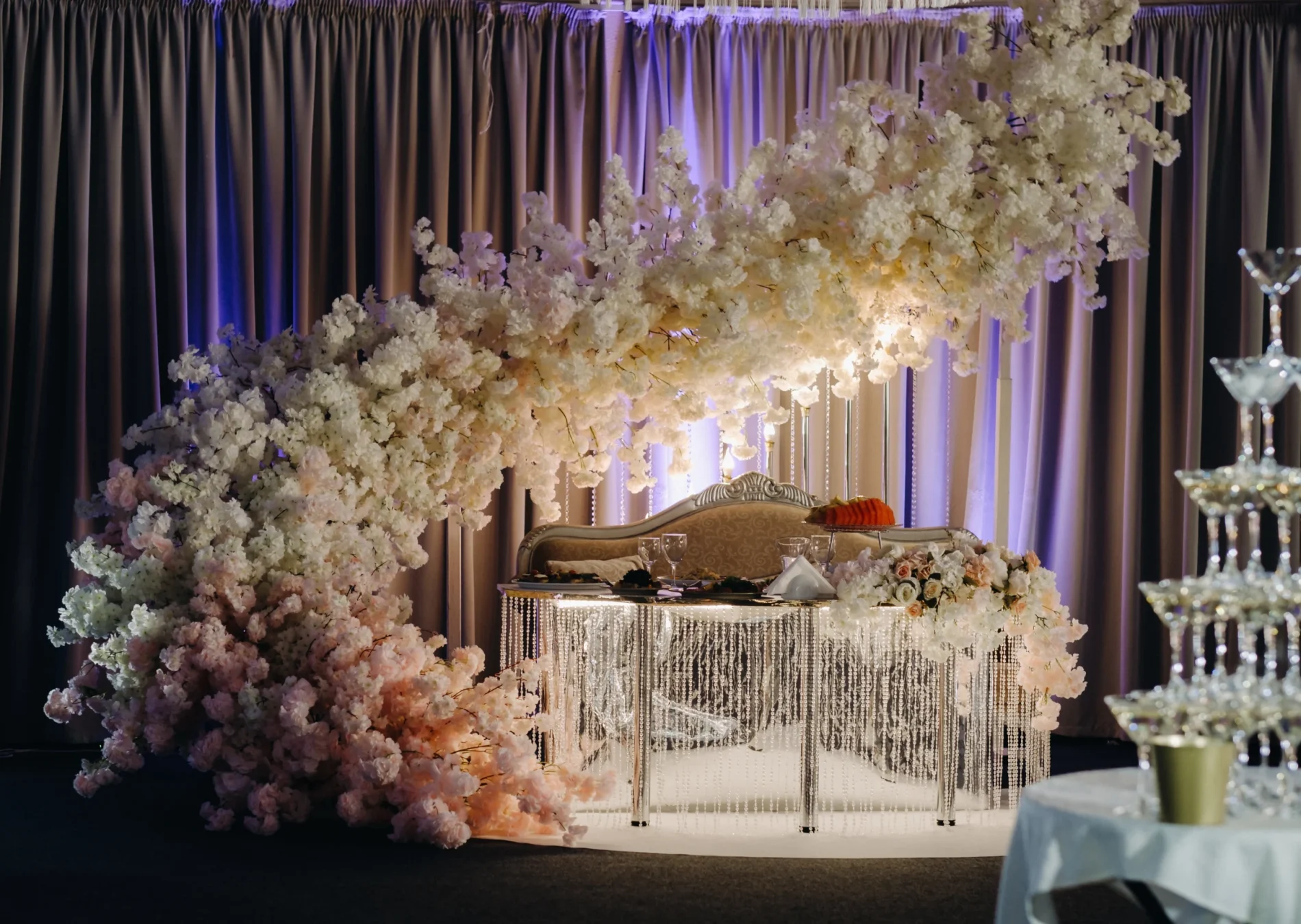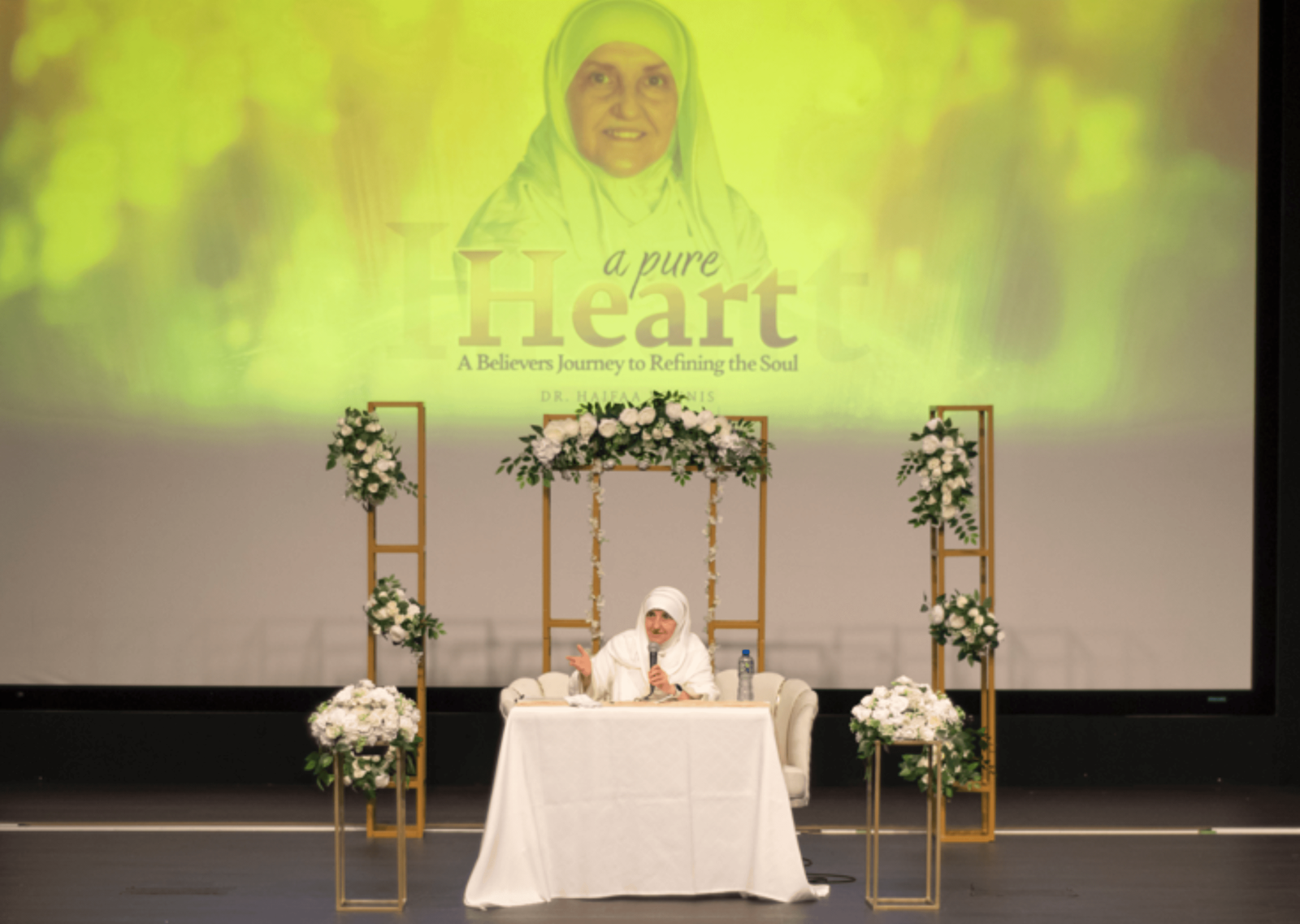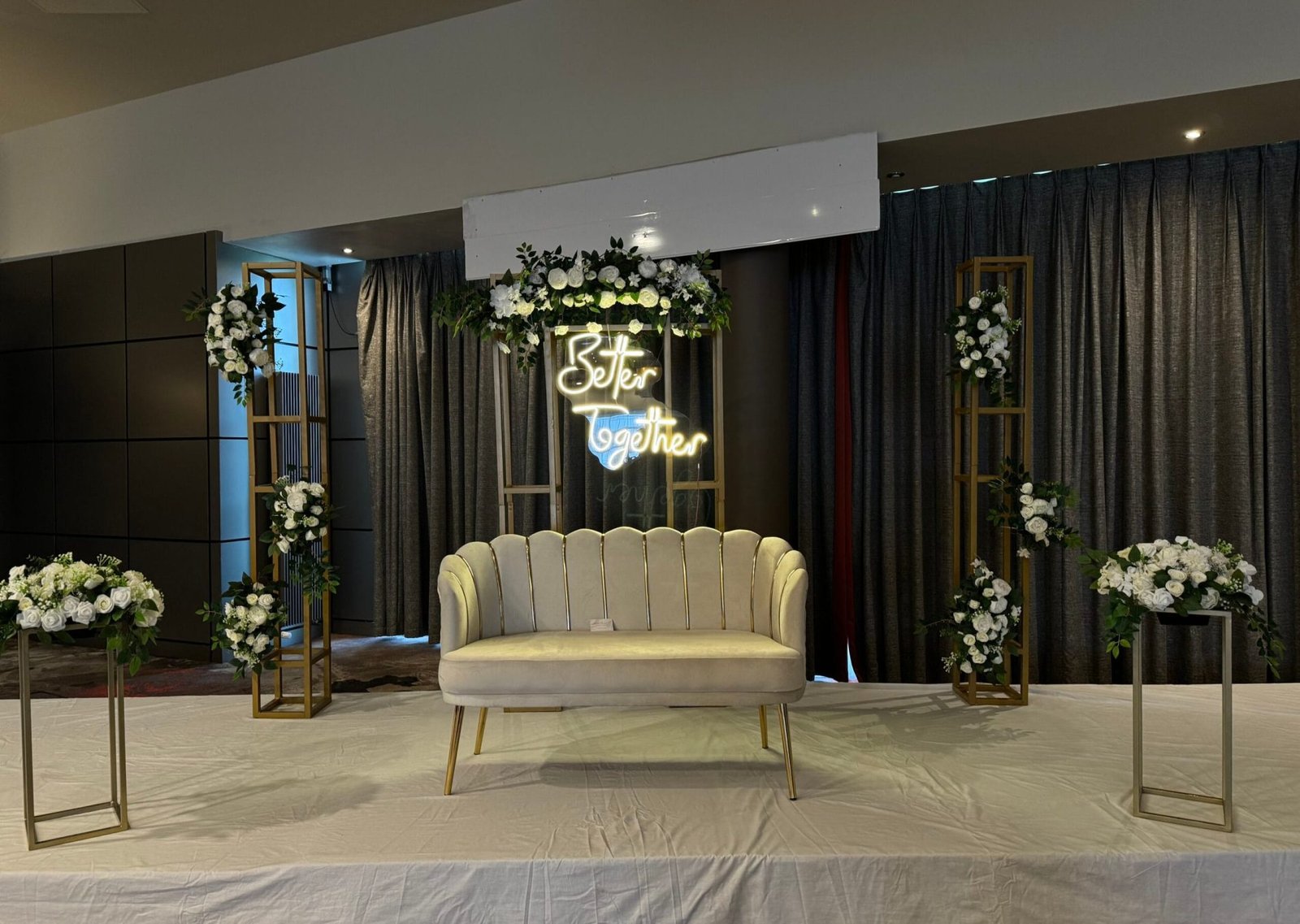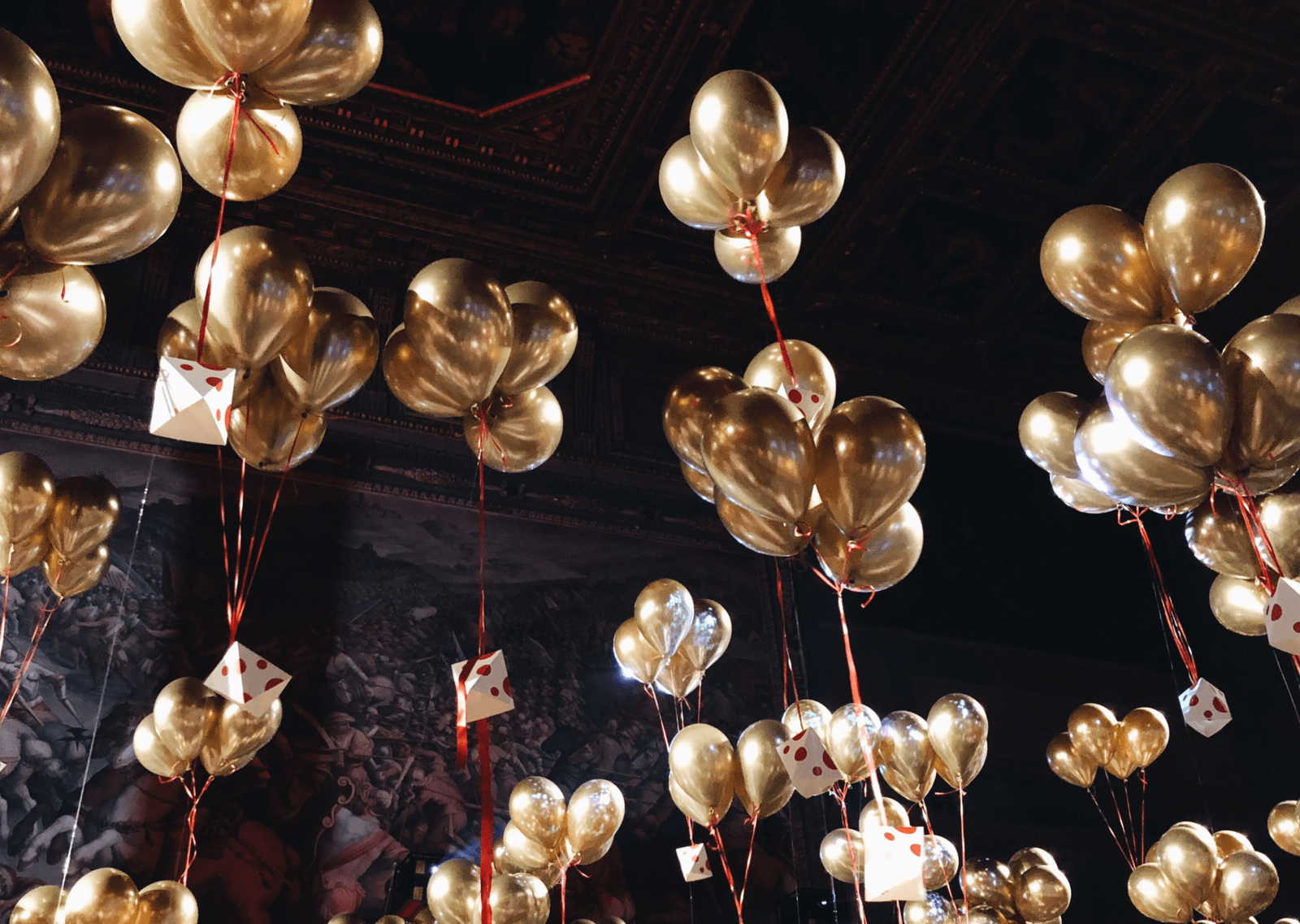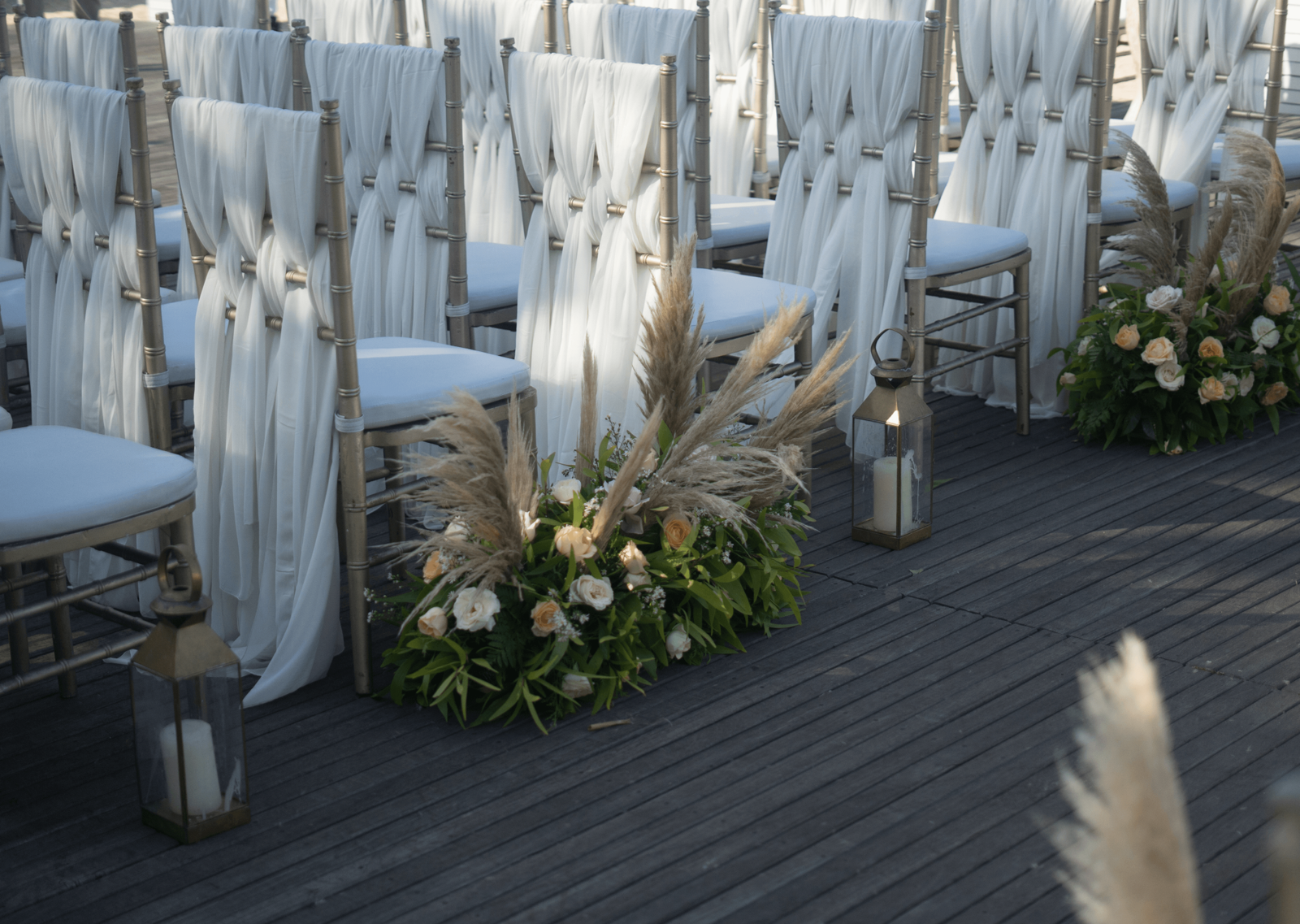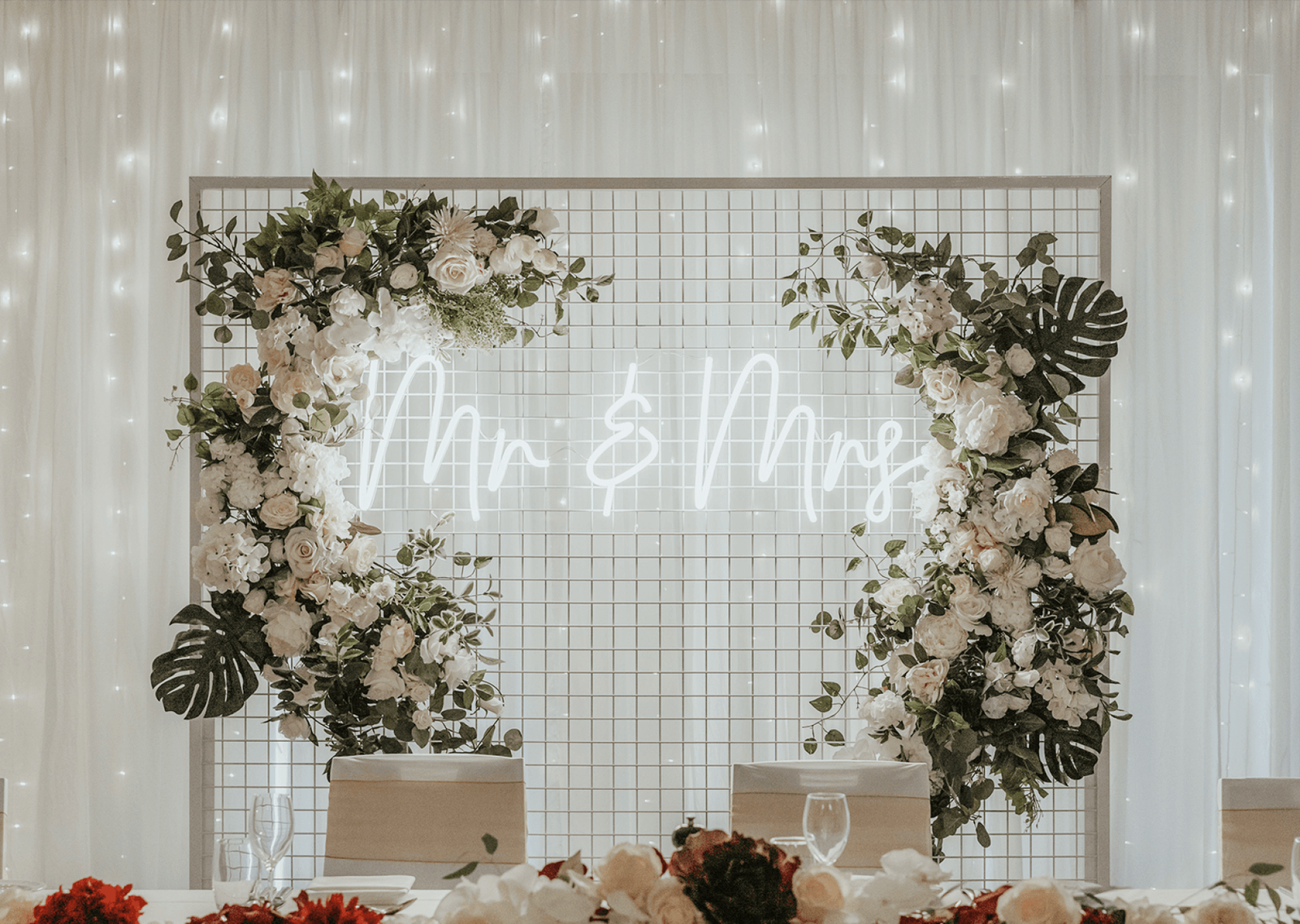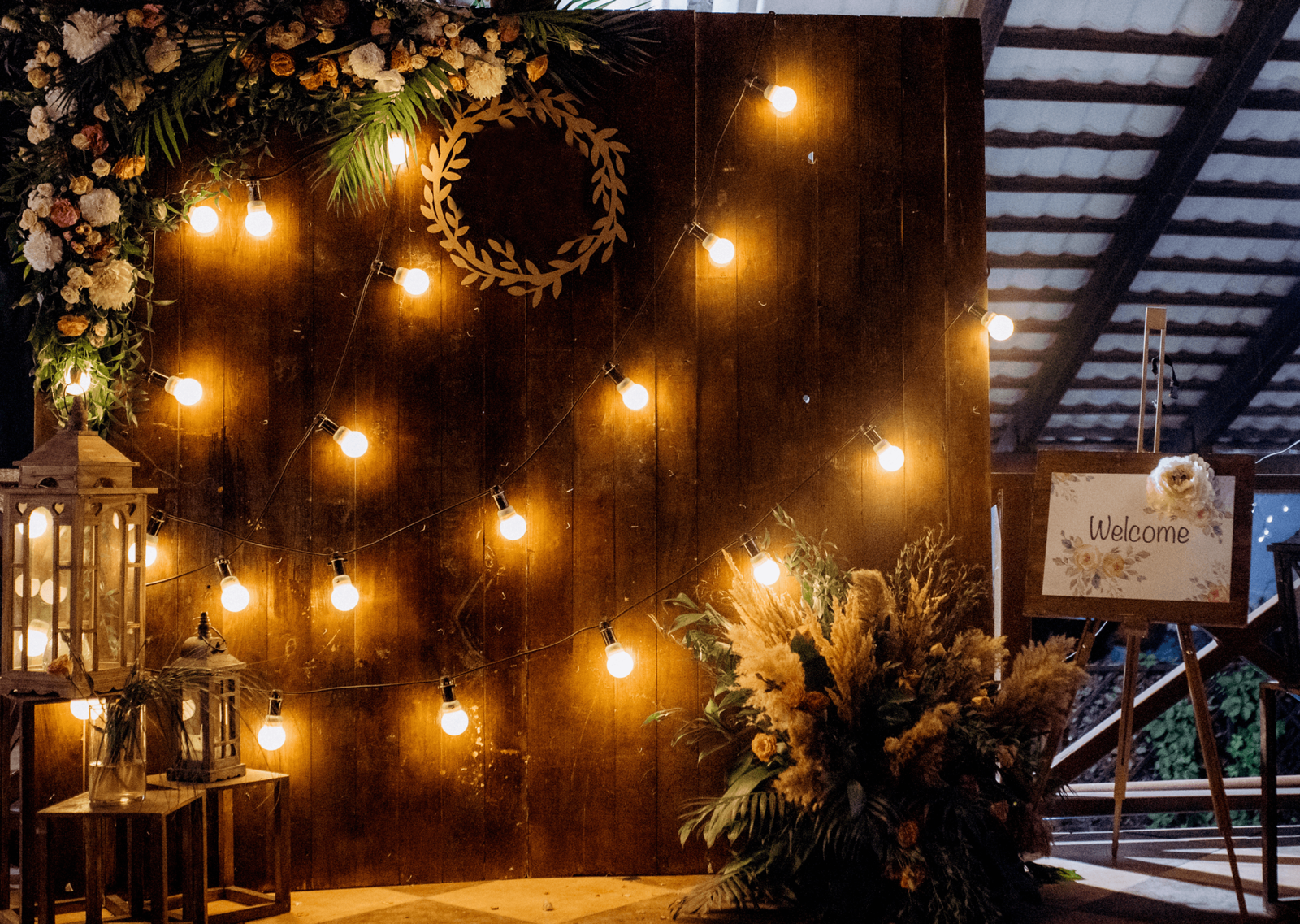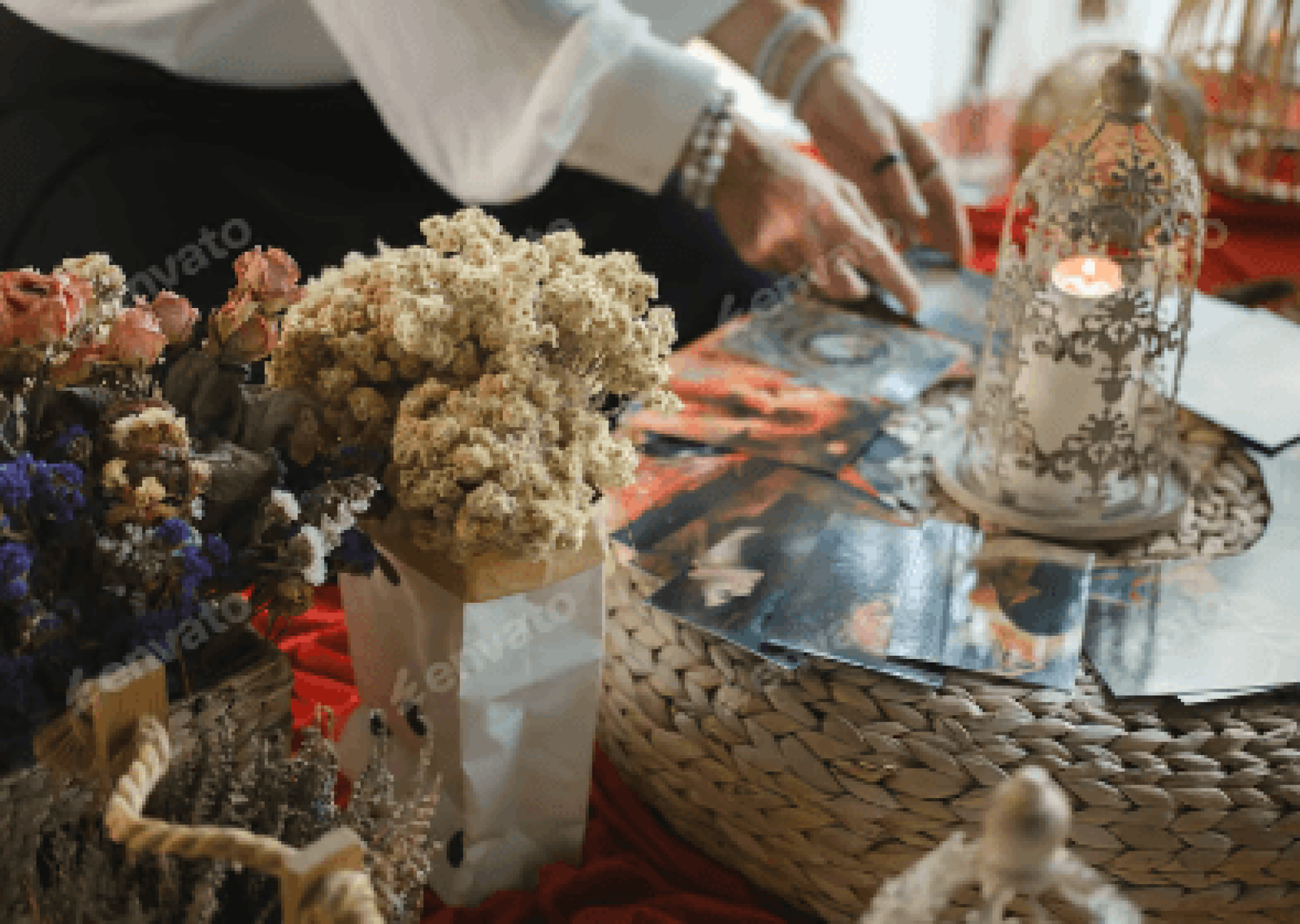Unpacking Event Planning Essentials
Event planning is an intricate process that requires attention to detail, foresight, and a well-structured approach. The importance of establishing clear timelines cannot be overstated, as this ensures that every aspect of the event progresses smoothly. A defined timeline provides a roadmap for the planning process, detailing when tasks should be completed and helping to mitigate the risk of last-minute emergencies. Effective time management allows planners to allocate appropriate resources and maintain focus on the overarching objective of the event.
Budgeting is another essential element that plays a critical role in event planning. An accurately prepared budget not only guides financial decisions but also helps to allocate funds where they will have the greatest impact. Careful planning regarding expenses can lead to more creative uses of resources, rewarding attendees with enhanced experiences without exceeding financial limits. Planners should account for all potential costs, including venue rental, catering, entertainment, and décor, ensuring that all are aligned with the event’s goals.
Venue selection is a pivotal part of the event planning process. The chosen location should align with the theme and purpose of the event, facilitating easy access for attendees. Additionally, the venue’s capacity, amenities, and ambiance can significantly influence audience engagement. A well-chosen venue encourages participation and fosters a deeper connection among attendees, enhancing the overall experience.
Engaging the audience should be a primary objective of any event strategy. Planners should leverage interactive elements, such as workshops or Q&A sessions, to encourage participation. Practical tips, like conducting pre-event surveys to gauge audience interests, can streamline the planning process. The capacity to adapt and be creative in response to unforeseen challenges is key. By being prepared and flexible, planners can ensure that the event unfolds without interruptions, leaving a lasting impression on attendees.
The Art of Decor: Crafting Ambiance and Emotion
In the realm of event planning, decor serves as a crucial element that transcends mere aesthetics, influencing the overall atmosphere and emotional resonance of an occasion. From weddings to corporate gatherings, the transformative power of decor can create memorable experiences for guests, shaping their perceptions and interactions throughout the event. The careful selection of design styles plays a pivotal role in this process. For instance, a rustic theme might evoke warmth and nostalgia, while a modern minimalist approach may instill a sense of sophistication and elegance.
Color schemes are an essential component of decor that significantly impacts mood. Warm colors like reds and yellows can stimulate excitement and energy, making them ideal for celebratory events. In contrast, cool tones, such as blues and greens, promote calmness and serenity—a perfect choice for intimate gatherings. Lighting further enhances the chosen color palette, allowing for a dynamic interplay of shadows and highlights that can dramatically alter the ambiance. Effective use of lighting techniques, such as uplighting or fairy lights, can transform a simple venue into a captivating space.
Implementing thematic elements, such as floral arrangements or props, contributes to the overall narrative of the event, fostering a cohesive experience. For example, a vintage tea party can be accentuated with period-appropriate table settings and decor that transport guests to another era, while a modern art exhibition could utilize stark, geometric displays to emphasize creativity and innovation. Numerous case studies exemplify successful decor implementations; a particularly notable instance is a charity gala where immersive decor created a fairy-tale environment, leading to record fundraising outcomes.
Sourcing decor elements and collaborating with vendors are vital steps in realizing a vision. Establishing strong relationships with suppliers who understand a designer’s aesthetic can yield unique pieces that elevate a gathering. Ultimately, the art of decor goes beyond visual appeal—it is about crafting an atmosphere that resonates with guests, leaving them with lasting memories of the event.

